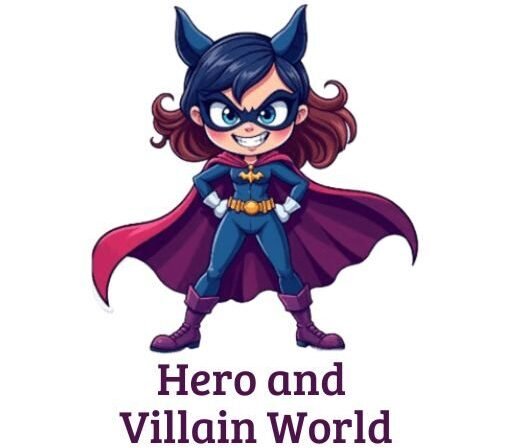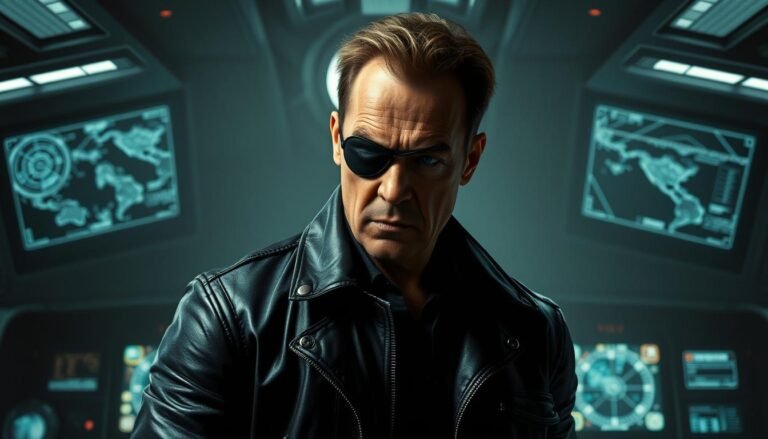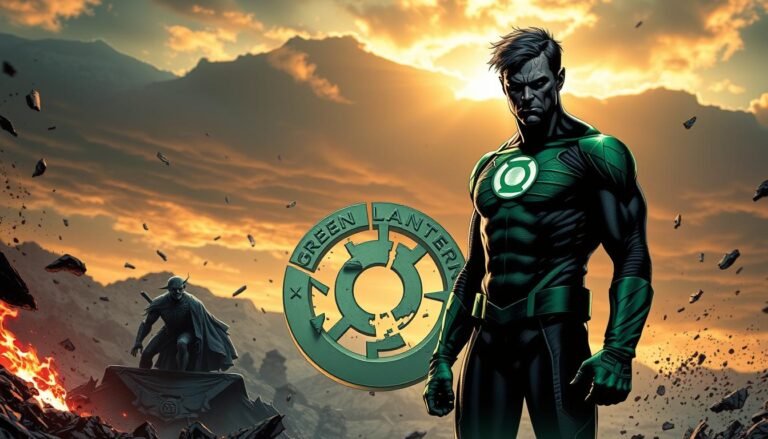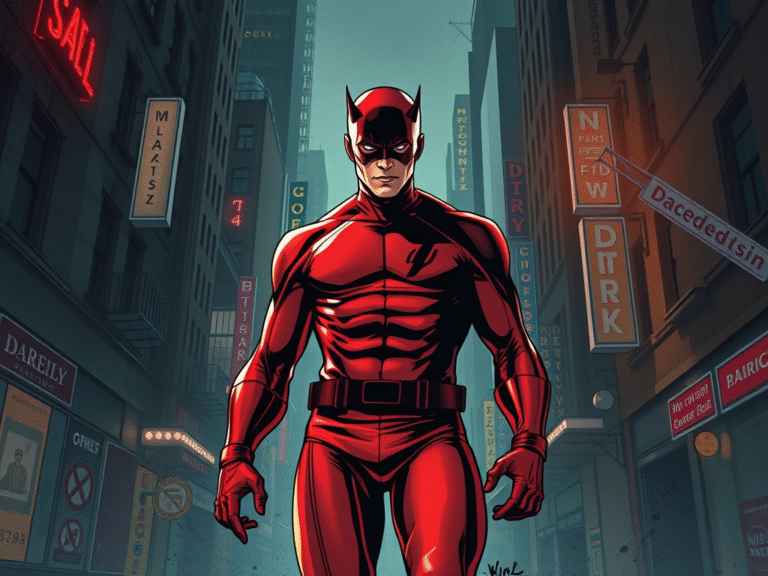Secret Invasion Review: Was the MCU’s Spy Thriller a Hit?
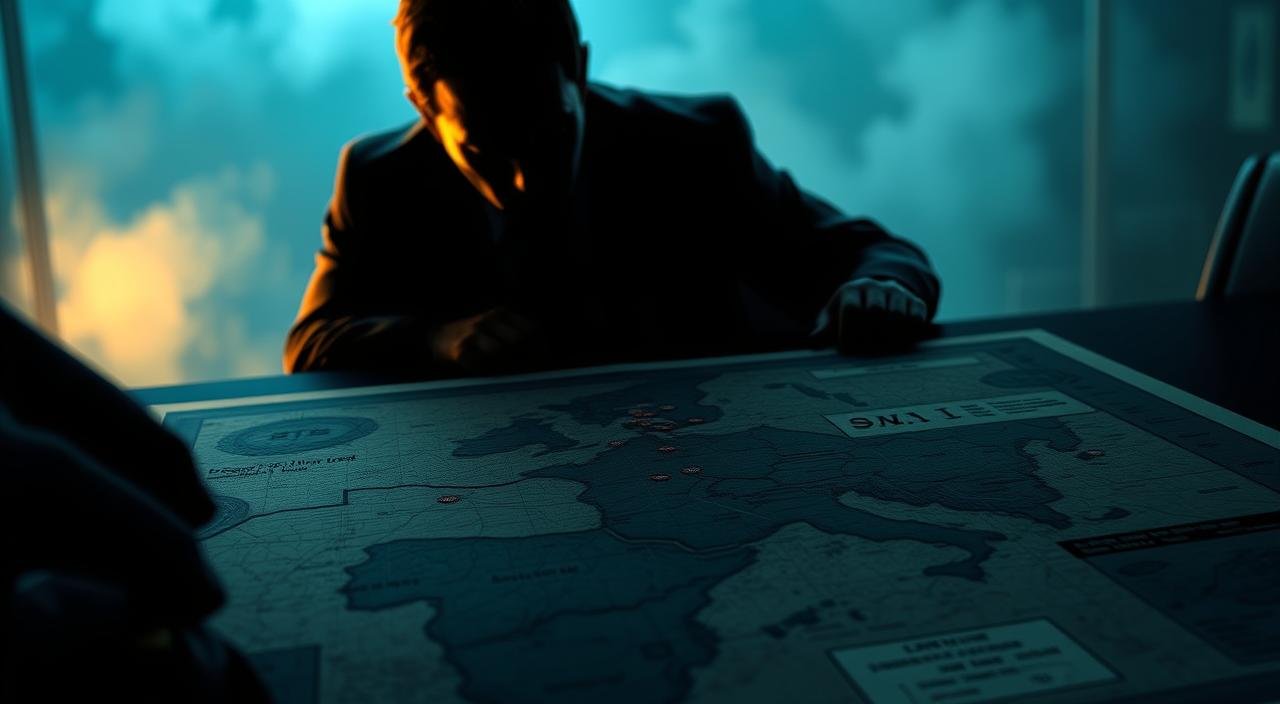
Secret Invasion Review: Ever felt like even heroes have shadows? Secret Invasion dives into that murky space where trust dissolves and alliances crack.
This isn’t your typical Marvel story—it’s a gritty chess match where Nick Fury races against time to stop an invisible enemy.
If you’ve ever wondered how the MCU handles tension without capes or hammers, this series answers with spine-tingling suspense.
Critics praised the show’s bold shift toward mature themes, calling it a refreshing departure from formulaic superhero tales. With a Tomatometer score reflecting mixed-but-intrigued reactions, the series leans into espionage-driven storytelling.
Samuel L. Jackson’s Fury anchors the chaos, portraying a leader stripped of his usual swagger but never his wit.
You’ll notice the moody cinematography and tense pacing—it’s less about CGI spectacle and more about psychological stakes.
Does it stick the landing? We’ll break down the pacing, performances, and that divisive finale. Whether you’re a casual viewer or a die-hard MCU fan, this honest guide cuts through the noise to help you decide: Is Secret Invasion worth your time?
Series Synopsis and Context
What happens when your allies could be enemies in disguise? Secret Invasion pulls you into a world where no one—governments, heroes, or friends—can be trusted.
The Skrulls, shape-shifting aliens first introduced in Captain Marvel, launch a silent takeover of Earth, blending into powerful roles to destabilize global order. Think John le Carré meets Marvel, with paranoia dripping from every scene.
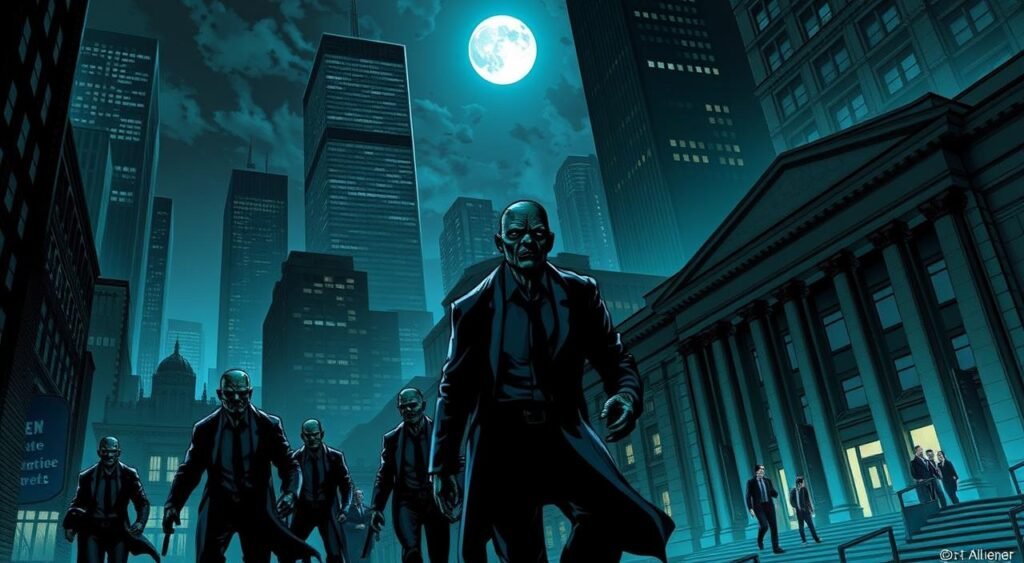
Setting Up the Espionage Plot
Nick Fury returns, but this isn’t the quippy spy you remember. Stranded without Avengers backup, he uncovers a Skrull conspiracy that’s been brewing for years.
Each episode tightens the screws: safe houses turn into traps, allies reveal hidden agendas, and every handshake could be a dagger.
The show’s tense spy thriller vibe feels ripped from 1970s political dramas, complete with shadowy meetings and coded warnings.
Background and Cold War-Style Thriller Elements
Remember the fear of nuclear brinkmanship? The series mirrors that era’s distrust, showing how Skrulls exploit human divisions.
One scene frames a confrontation in a dimly lit bunker, echoing iconic moments from The Spy Who Came In from the Cold.
With Earth’s survival at stake, Fury must outthink—not outfight—his foes. Olivia Colman’s MI6 agent and Emilia Clarke’s conflicted Skrull add layers of moral grayness, making you question who’s truly fighting for humanity.
By Episode 3, the scale becomes clear: this isn’t just about saving cities. It’s about preventing a war no one sees coming. And trust us—you’ll double-check your coworkers after watching.
Secret Invasion review: A Closer Look
Imagine discovering your neighbor could be an alien plotting world domination. That’s the unsettling reality Nick Fury faces in this MCU series, where every interaction feels like a potential betrayal.
The show leans into slow-burn tension rather than explosive battles, creating a mood closer to Tinker Tailor Soldier Spy than Avengers: Endgame.
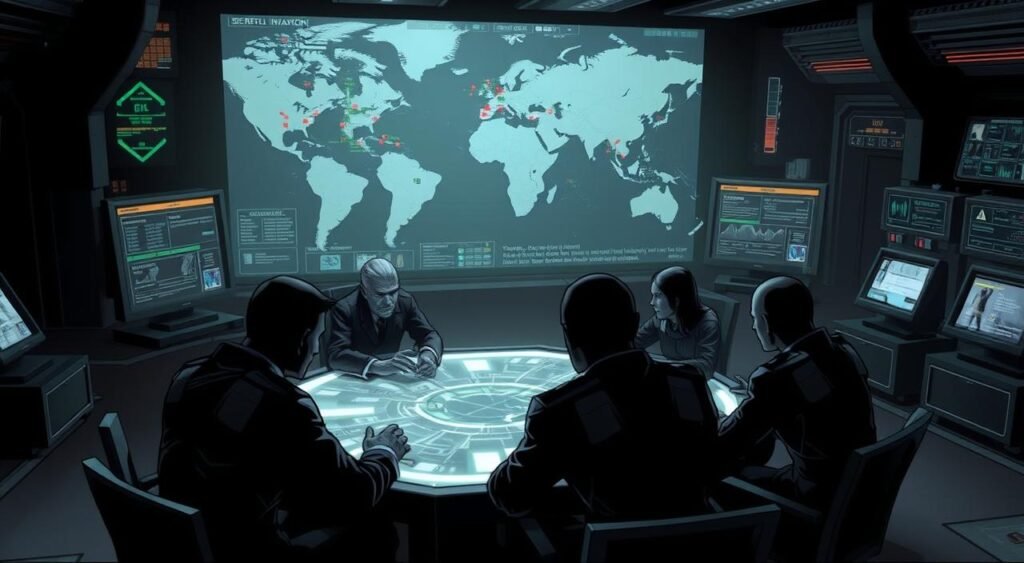
Plot Mechanics & Spy Genre Nuances
While the series nails the aesthetic of classic spy movies—think smoky rooms and whispered alliances—the plot occasionally stumbles.
Twists like double agents or hacked databases feel familiar, lacking the jaw-dropping originality of Captain Marvel’s Skrull introduction.
Samuel L. Jackson shines as a vulnerable Fury, though. His performance adds grit to scenes where dialogue replaces explosions.
| Classic Spy Element | Secret Invasion Execution | Comparison |
|---|---|---|
| Moral Ambiguity | Skrull factions debating violence vs. diplomacy | Deeper than James Bond, shallower than The Winter Soldier |
| Betrayal Reveals | Predictable third-act traitor | Lacks the shock value of Mission: Impossible |
| Political Tension | Global leaders manipulated by Skrulls | Feels timely but underdeveloped |
Skrulls: Heroes, Villains, or Something Messier?
The show’s strongest moments explore Skrull factionalism. Some crave peaceful coexistence, while others—like Emilia Clarke’s G’iah—wrestle with radicalization.
This mirrors real-world ideological divides, though the comic book source material handled these conflicts with more nuance.
Still, seeing Fury navigate this minefield makes for compelling TV—even if the finale wraps things up too neatly.
Here’s your quick guide: Watch for Jackson’s layered acting and the chilling premise. Don’t expect the depth of Captain Marvel’s Skrull backstory. The series works best when it embraces moral gray areas—and falters when it retreats to Marvel formula.
Cast Performance and Standout Moments
Ever trusted someone who could be wearing a stranger’s face? This series thrives on its actors selling that paranoia. The ensemble turns shaky dialogue into gripping moments, proving even shape-shifting aliens need top-tier performers.
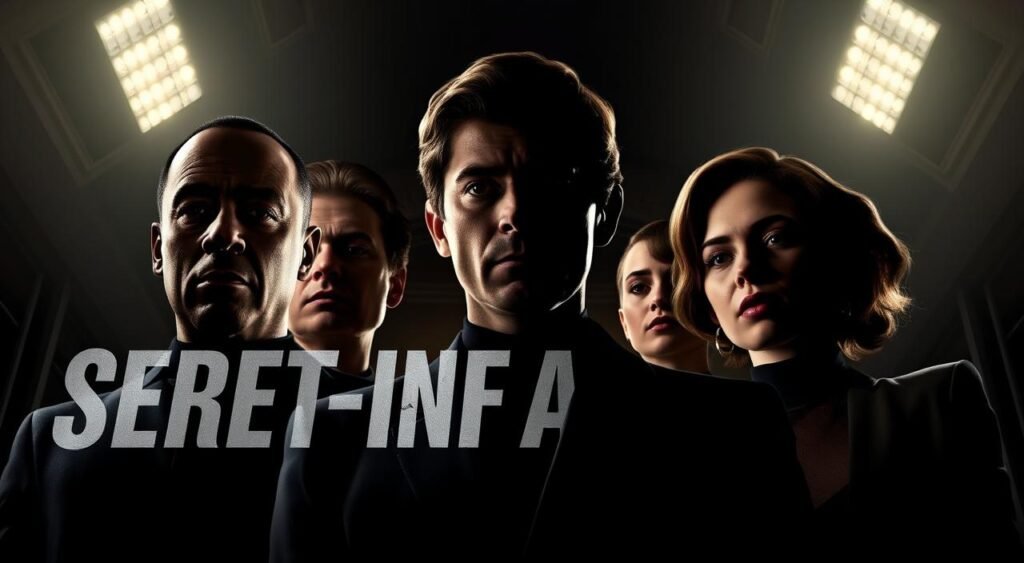
Nick Fury and Samuel L. Jackson’s Commanding Presence
Samuel L. Jackson doesn’t just play Nick Fury—he owns him. Watch how he switches between weary vulnerability and razor-sharp wit.
One scene finds him staring down a Skrull imposter, his lone eye conveying more tension than any CGI explosion. Jackson’s Fury feels lived-in, like a leather jacket with bullet holes you can’t quite patch.
Notable Supporting Roles
Emilia Clarke delivers her best MCU work as G’iah, balancing a Skrull’s fury with quiet desperation. Olivia Colman steals scenes as an MI6 agent who’s equal parts charming and terrifying—imagine M from James Bond if she carried a taser.
Ben Mendelsohn’s return as Talos adds emotional weight, especially in flashbacks exploring Skrull disillusionment. Kingsley Ben-Adir’s Gravik simmers with quiet rage, though the script sometimes reduces him to a generic “angry revolutionary.”
These performances elevate the material. You’ll catch yourself rewinding scenes just to savor the actors’ choices. Want proof? Freeze-frame any tense close-up—the stills alone could hang in a gallery. For all its flaws, this cast makes the series worth your time.
Direction, Visual Style, and Cinematic Tone
What if the camera lens could lie as deftly as a spy? Director Ali Selim crafts a shadow-drenched world where every frame feels like a puzzle piece.
The series borrows from James Bond’s playbook—think shaken martinis replaced by shaken alliances—but swaps glamour for grime. Moody grays and sickly greens dominate, mirroring the story’s moral ambiguity.
Comparing the Gritty Aesthetic with Classic Espionage Films
Selim’s approach shines in tense standoffs. A key scene in Episode 4 uses tight close-ups and flickering fluorescents to make a simple conversation feel explosive.
Compare this to Skyfall’s sleek action, though, and you’ll notice fewer dynamic camera moves. Static shots linger, emphasizing paranoia over spectacle.
The show’s action sequences split the difference between MCU bombast and spy-thriller realism. One car chase channels Bourne Identity grit but lacks the series’ signature CGI polish.
Behind-the-scenes videos reveal practical effects for Skrull transformations—a smart choice that grounds the absurdity.
Photos from Episode 5’s bunker showdown highlight Selim’s strengths: stark lighting, claustrophobic angles, and actors doing heavy lifting. Yet the finale’s green-screen battles feel disconnected from earlier intimacy. As one critic noted:
“It’s Tinker Tailor meets Transformers—uneven, but never boring.”
While the thriller tone works overall, some set pieces drag. A mid-season shootout drags without the kinetic energy of Captain America: Winter Soldier.
Still, when the visuals align with the story’s stakes—like a Skrull’s face melting mid-interrogation—you’ll forget it’s not a big-screen movie.
Comparison with Other Marvel Projects
How does a spy thriller fit alongside superhero stories? The MCU’s latest series carves its own lane—but how does it measure up to heavy hitters like The Falcon and the Winter Soldier? Let’s break it down.
How It Stands Against Recent MCU Offerings
While Falcon and Winter Soldier focused on political drama with street-level action, this show trades explosions for uneasy whispers. Think interrogations over car chases. Both series tackle identity crises, but one uses shield tosses—the other uses psychological chess.
| Element | This Series | Falcon & Winter Soldier |
|---|---|---|
| Pacing | Slow-burn tension | Fast-paced missions |
| Action Style | Dialogue-driven stakes | Bone-crunching combat |
| Audience Ratings | Mixed (65% RT) | Stronger (85% RT) |
Adventure takes different forms here. Instead of globetrotting, you get claustrophobic hideouts. The trade-off? Fewer “wow” moments, more lingering dread. Critics praised the risk-taking, but some fans missed MCU’s trademark energy.
Looking at movies and shows side-by-side, this series feels closer to Captain America: Winter Soldier’s spy roots than Avengers-style spectacle. If you prefer moral ambiguity over CGI battles, add it to your watchlist. Just don’t expect Sam Wilson’s uplifting speeches.
Use this guide to decide: Craving something fresh? Try this. Need classic Marvel fun? Rewatch Falcon.
Audience, Critics, and Ratings Breakdown
Can numbers lie as skillfully as spies? The response to Secret Invasion splits critics and fans like rival factions. With a 53% Tomatometer score (as of July 2023) and an 82% Audience Rating on Rotten Tomatoes, this series became Marvel’s most debated Disney+ project since She-Hulk.
Critics Consensus and Tomatometer Insights
Reviewers praised the show’s ambition but criticized its pacing. The Hollywood Reporter noted, “Jackson’s Fury carries the weight of the series, even when scripts stumble.”
Episode 3’s tense bunker standoff earned universal acclaim, while later installments divided critics for rushed resolutions.
Data reveals stark contrasts: the premiere (June 21, 2023) scored 74% on Rotten Tomatoes, but Episode 5 dipped to 48%. Critics agreed the series excels in character moments—Ben Mendelsohn’s Talos farewell scene trended globally—yet falters in broader storytelling.
Viewer Reactions and Online Ratings
Fans rallied on social media, calling it a “grown-up MCU entry.” Reddit threads dissected Skrull reveals frame-by-frame, and YouTube videos analyzing Emilia Clarke’s performance gained millions of views. However, IMDb scores tell another story: 6.9/10, lower than Loki (8.2) or WandaVision (7.9).
Why the gap? Casual viewers loved the spy-thriller vibe, while comic loyalists wanted more source material nods. As one Twitter user posted:
“It’s not your dad’s Marvel—and that’s okay.”
Use this guide: If you crave moral complexity over CGI, dive in. Prefer classic superhero missions? Stream Captain Marvel instead. Either way, the numbers prove one thing—this series won’t let strangers to the MCU forget its risks.
Key Episodes and Memorable Scenes
Not all episodes are created equal—some moments in this series linger like a well-placed chess move. Let’s unpack the chapters that defined its spy-thriller identity and kept viewers glued to their screens.
Episode Highlights and Pivotal Moments
Episode 3’s bunker confrontation stands out. Fury and Talos confront a high-ranking Skrull infiltrator, using tense dialogue instead of fists to resolve the crisis.
The dim lighting and Emilia Clarke’s conflicted expressions here showcase her character’s internal war.
| Episode | Standout Scene | Behind-the-Scenes |
|---|---|---|
| #5: “Harvest” | G’iah’s radicalization speech | Clarke drew inspiration from real-world activist interviews |
| #6 Finale | Fury’s “You’ll never win” monologue | Jackson improvised 40% of his lines |
| #2: “Promises” | Skrull council debate | Practical makeup effects took 5 hours per actor |
The finale’s showdown between Fury and Gravik encapsulates the series’ duality. While Jackson’s acting crackles with intensity, the rushed CGI battle undercuts earlier psychological depth.
Still, the emotional payoff lands thanks to Clarke’s raw performance during G’iah’s pivotal choice.
Action sequences serve as punctuation marks rather than centerpieces. A car chase in Episode 4 feels grounded—no flying heroes, just screeching tires and quick thinking. These moments prove you don’t need universe-ending stakes to keep hearts racing.
Want the definitive watchlist? Revisit Episode 3 for masterclass tension, Episode 5 for character depth, and the finale for Jackson’s signature gravitas. Just brace for that last-act green screen.
Conclusion
Espionage tales thrive on doubt, and this series weaponizes it. While Secret Invasion stumbles in pacing and finale execution, its strengths—Samuel L. Jackson’s layered Fury and a moody visual style—anchor its identity.
The show leans into spy-thriller tension over superhero spectacle, crafting moments where whispered threats outweigh explosions.
Does it honor its ambitious premise? Partially. The gritty aesthetic and moral gray areas shine, but underdeveloped Skrull politics leave some threads dangling. Jackson’s performance alone makes it a standout, blending weariness and wit in ways that redefine the character.
Use our guide and episode lists to navigate its highs and lows. Though uneven, the series carves a niche in MCU movies and shows by prioritizing psychological stakes over cosmic battles. Think Winter Soldier’s intrigue with less polish.
Flaws aside, this gamble proves Marvel can innovate. Ready to dissect the chaos? Grab popcorn, cue the videos, and decide where you stand in the shadow war.
FAQ
Q: How does the series blend spy thriller elements with the MCU?
A: The show leans into Cold War-era tension, focusing on espionage, betrayal, and political intrigue. It swaps superhero spectacle for gritty realism, mirroring classic spy films like James Bond while keeping ties to Marvel’s cosmic lore.
Q: What makes Samuel L. Jackson’s portrayal of Nick Fury stand out?
A: Jackson delivers a nuanced performance, showing Fury’s vulnerability and weariness. His dynamic with allies like Talos (Ben Mendelsohn) adds depth, highlighting the toll of years spent guarding Earth from hidden threats.
Q: How does it compare to recent Marvel shows like The Falcon and the Winter Soldier?
A: Unlike action-heavy team-ups, this series prioritizes slow-burn suspense. It’s closer in tone to Captain Marvel but trades space battles for shadowy conspiracies, making it a unique entry in Disney+’s lineup.
Q: Are Emilia Clarke and Olivia Colman’s roles impactful?
A: Clarke brings emotional weight as a conflicted Skrull, while Colman steals scenes as a sharp-witted MI6 agent. Their performances elevate the morally gray narrative, balancing Fury’s world-weary perspective.
Q: How do the Skrulls’ shape-shifting abilities drive the story?
A: Their power to mimic anyone fuels paranoia, forcing characters—and viewers—to question who’s real. This creates a tense atmosphere where trust is scarce, echoing themes from Captain America: The Winter Soldier.
Q: Does the visual style match its espionage themes?
A: Yes! The muted color palette and tight camera work evoke ’70s thrillers. Scenes set in dimly lit bunkers and rainy streets reinforce the show’s grounded, high-stakes vibe.
Q: What’s the general consensus among critics and fans?
A: Critics praised the cast and tone but noted pacing issues. Audiences were split—some loved the darker approach, while others missed Marvel’s trademark humor and action.
Q: Which episodes are must-watch highlights?
A: The premiere sets the mood with its tense setup, while later episodes feature jaw-dropping reveals. Look for a gripping showdown in the finale that redefines Fury’s legacy in the MCU.
